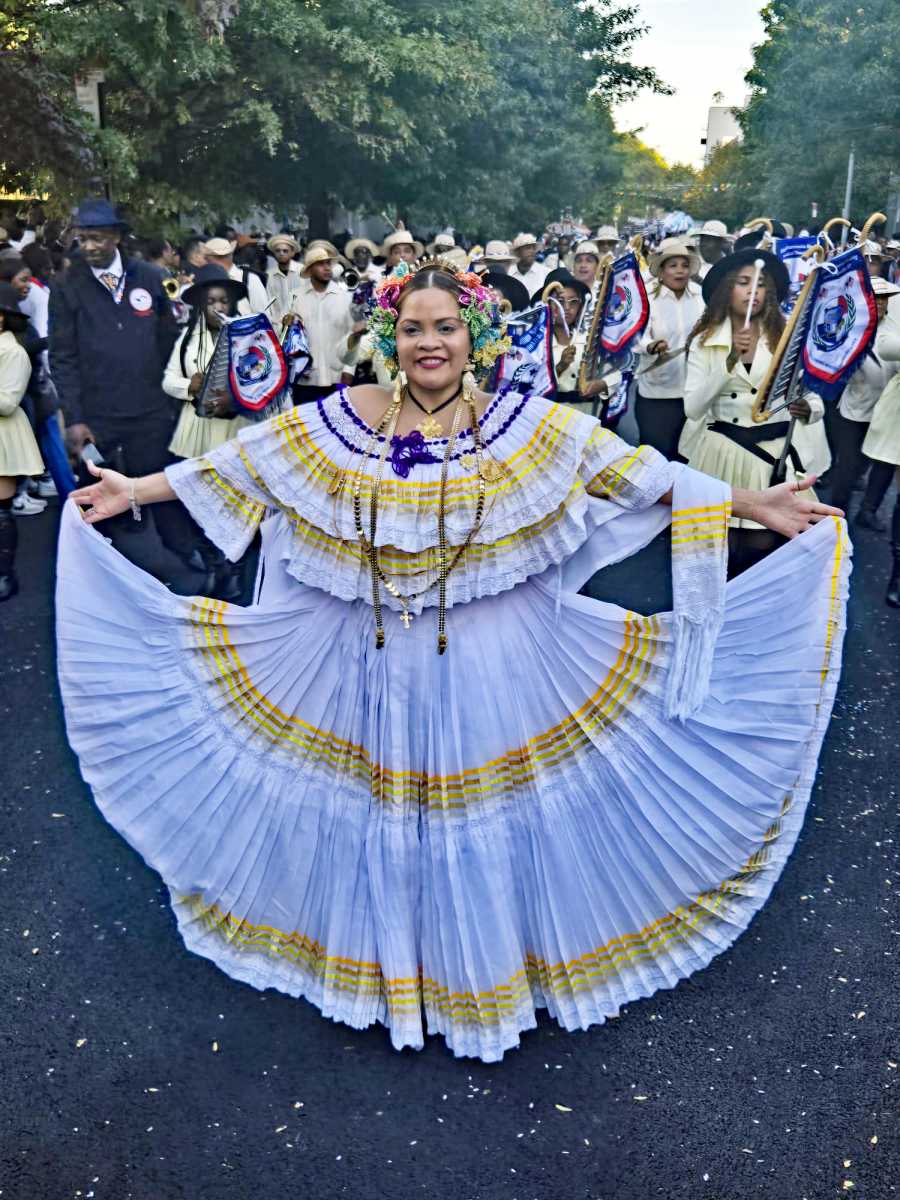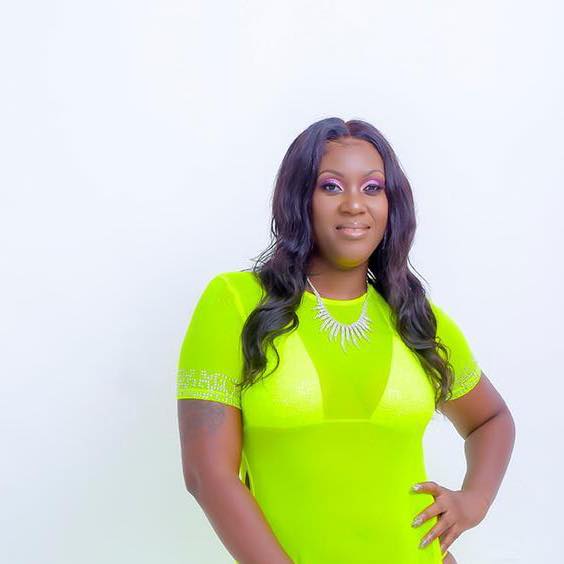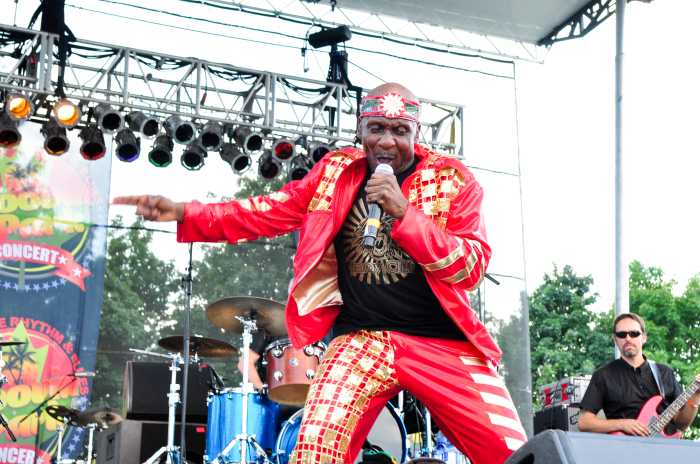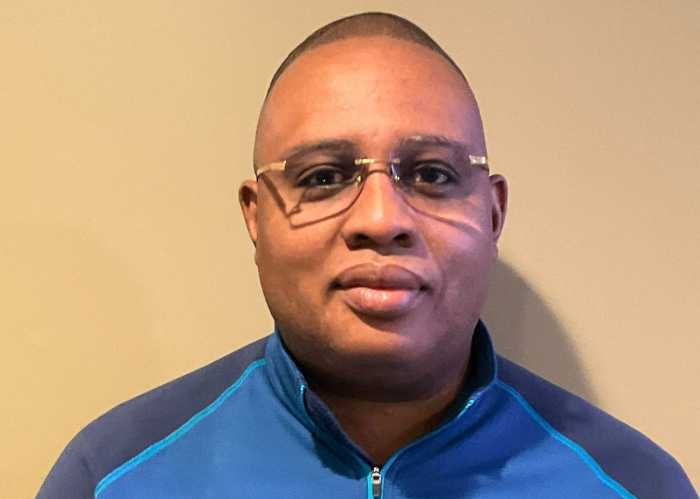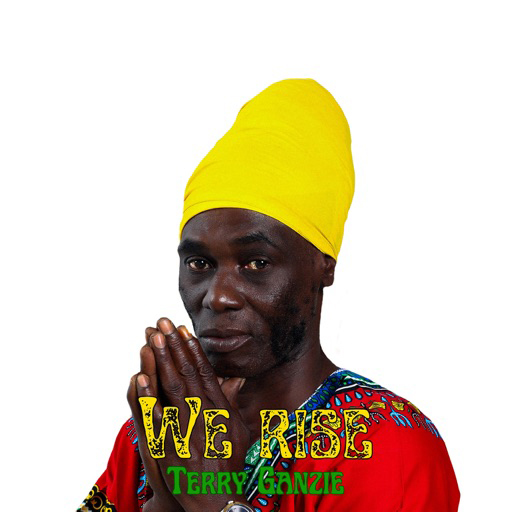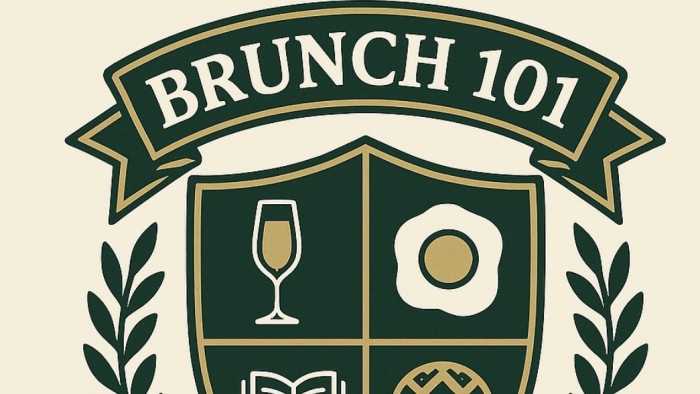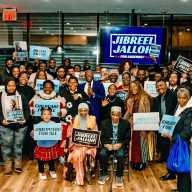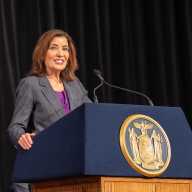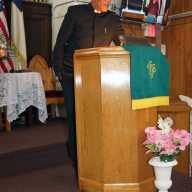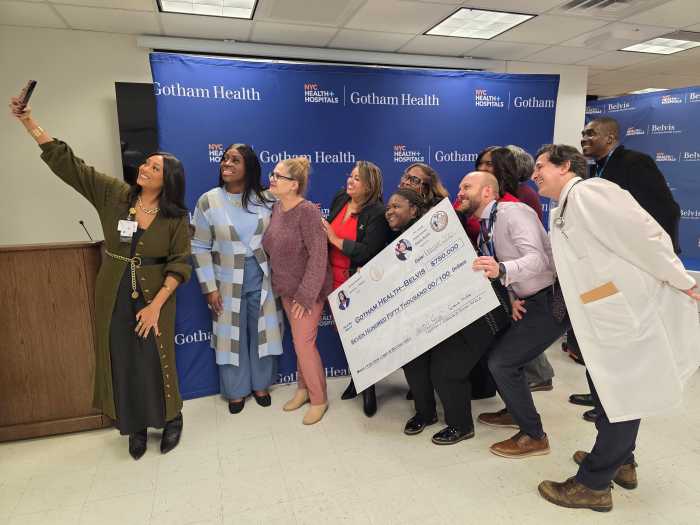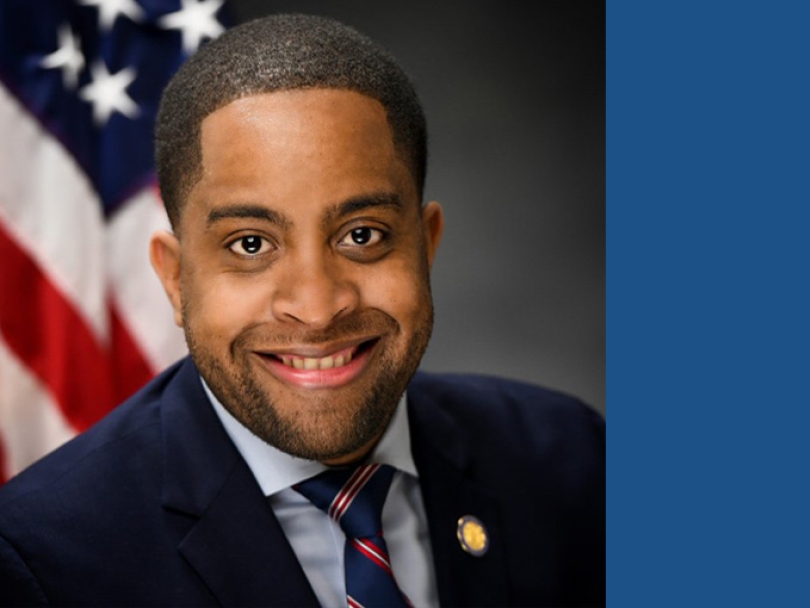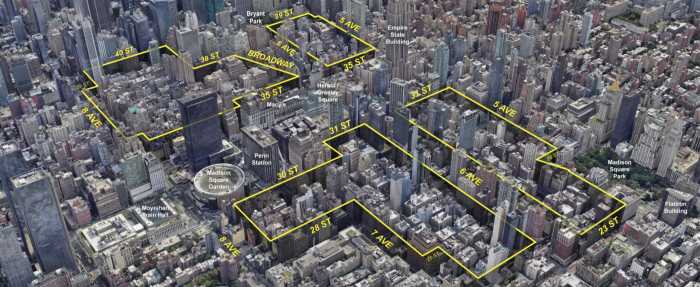Italian navigator Christopher Columbus staked a claim to the discovery of the Caribbean and South American territories six centuries ago.
His monumental legacy of being the first to the “New World” indelibly imprints culture and heritage on generations and populations adopting the Spanish language for communication and a way of life in Europe.
However, with time’s passage, numerous iterations have emerged from immigration, other explorations, and geography to produce unique blends of established Latino cultures.
Panama uniquely exemplifies a combination of African-English-Caribbean-Spanish traditions for a definitively diverse Latino population.
On Oct. 11, representatives from the isthmus will exhibit pride in that heritage as thousands parade excellence during the 30th staging of the Day of Independence Committee of Panama, New York’s spectacular.
It’s a treat that celebrates not just one but two separations from colonial rule.
Not only did the European nation dictate governance there for 300 years, but afterwards Colombia took possession of the sliver of land, which is acclaimed the bridge of the world (El Puente del Mundo).
With such a storied history, DICPNY, the diverse group of nationals based in Brooklyn, has been heralding the accomplishments and contributions of ancestors and descendants for three decades.
This year, the theme “Celebrating our culture” defines their purpose and completely depicts the cultural heritage that uniquely distinguishes the Republic.
In a day-long regalia, a procession from Bergen St. and Franklin Ave. will begin with a ceremony at 10:30 in the morning and end at sundown with a street fair at Classon Ave.
From start to finish, the organizers intend to flaunt a legacy that reputedly claims them as the hosts of the biggest celebratory parade of their nationals worldwide.
Guaranteed is the usual pomp and ceremony expected from the most extensive exhibition held outside the region.
Everyone is invited to witness some of the best aspects represented by associations to the faraway continent and the evolutionary adjustments configured by geography that now resonate with a 2025 population.
Folkloric groups, marching bands, women wearing polleras, men sporting montunos and guayaberas outfitted with straw hats and other trappings are identifiers that will honor the conquest of the European influencers.
While traditional items will pay homage to the Europeans, unique items such as molas embroidered on clothing and other paraphernalia will celebrate the indigenous Indian population that inhabited the land before King Ferdinand and Queen Isabella invested in hiring an explorer to “discover” the territory.
Panama’s pattern crafts a unique design from a colorful cloth merger by the Guna (Kuna) natives of the San Blas Islands.
Prominent throughout Panama City, Kuna Indians remain an integral group within the populus.
In addition, there are Embera Indians from the rainforest, Ngabe-Bugle who reside in the mountains, and, according to Wikipedia, the Naso, Bri-Bri, and Wounaan people, too.
In past years, San Blas Islanders walked the route of the Brooklyn parade.
Dressed in colorful mola garb of their ancestry, representatives from their communities joined the procession to display the diversity of the culture.
Needless to say, in addition to gleaning history, on the second Saturday in October, there will be plenty of opportunities to interact with vendors selling information about the famous canal that bridges North and South America, a plethora of unique craft/merchandise, and lots of culinary concoctions that distinguish the two-star state that gained its own governance on Nov. 3, 1903, from Colombia and Nov. 28, 1821, from Spain.
Before the parade, platitudes from dignitaries are expected to acknowledge distinguished honorees lavishly.
For all the revelry, it is the camaraderie that will unite the unique Latinos whose history includes English-speaking West Indians, mestizos, Indians, and Spain’s full-blooded descendants.
Towards the end of the parade of beauty queens, luxury cars, marching bands, and other pageantry, an amalgam of music representing hip-hop, salsa, meringue, and hybrids of different genres, including reggaespanol, gospel, and food, will end the revelry.
The parade will be live-streamed.
For more information, log onto panamaniandayparade.com
Hispanic parade provides a weekend of Latino flavor
The day following a Panamanian showcase of Latino culture in Brooklyn, Manhattan will be the center of an all-inclusive celebration of more than 20 Spanish-speaking countries.
In celebration of National Hispanic Heritage Month, which started on Sept. 15, the Fifth Ave. thoroughfare could be renamed Avenida de Americanas or Avenue of the Americas.
On Oct. 12, along the swanky avenue, polleras and montunos of all designs will be abundantly displayed in recognition of the tradition inherited from the Spanish captives.
Continuing the theme “Collective Heritage: honoring the past, inspiring the Future,” a multicultural parade will herald the diversity of the Latino communities.
Already preceded by special events, educational panel discussions, art, dance, music, and other activities, its genesis in 1968 stems from the start date’s commemoration of independence anniversaries of Costa Rica, El Salvador, Guatemala, Honduras, and Nicaragua.
For a period of time, an entire week of celebrations marked acknowledgements.
Two decades later, the limited recognition expanded to a month when President Ronald Reagan enacted legislation to include Mexico’s milestone on Sept. 16 (1810) and Chile’s on Sept. 18 (1810).
The major Mexican Independence Day parade was held last Sunday in Manhattan.
On Sept. 14, another was held in Brooklyn.
A third featured floats, mariachi bands, traditional costumes, folkloric dance troupes, food, and culture in Staten Island on the same date.
With Panama, Puerto Rico, Peru, Honduras, Paraguay, Uruguay, Venezuela, Dominican Republic, Cuba, and even Spain included in the national procession, various displays of outfits and vernacular are guaranteed to punctuate the variety in style and culture of the Latino cultural heritage.
Incidentally, Puerto Rican superstar Benito Antonio Martinez Ocasio, popularly known as Bad Bunny, ended his residency in his homeland on Sept. 20.
Reportedly, he was joined onstage by fellow pop attraction Marc Anthony on the final performance.
Following a 30-concert residency tour, live stream viewing on the last date permitted New Yorkers to engage in the four-hour reggaeton, rap, and old-school salsa fest.
Reportedly, Bad Bunny decided to opt out of performing in NYC because he feared his fans would be targeted by ICE agents.
Instead, he offered opportunities for thousands to revel in his beats with viewing parties.
A month of salutes will conclude on Oct. 15.
Buena suerte!
Catch you on the Inside!


